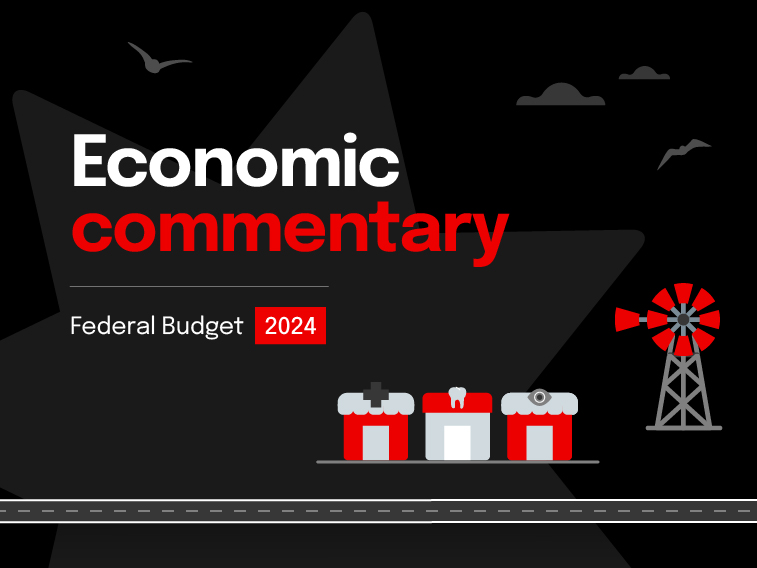In many ways the Budget is interventionist in its strategy – aiming to boost growth in critical areas and directly easing cost of living pressures.

Report
We continue to see considerable disparities between retail sub-sectors. On a yearly basis, our data shows department stores, clothing and footwear going backwards, while household goods is barely in positive territory. Cafes, restaurants & takeaways are outperforming.
We continue our 10 minute podcast series, accompanying the NAB Cashless Retail Sales Index, designed to give you a quick summary of the major drivers of the index this month. Listen now.
Overall, there is little to celebrate in these figures. We have been watching closely for signs of improvement in consumer spending, particularly given recent tax rebates which would have been received by some consumers in July. While there was an uptick in tax return activity in July – clearly visible in our internal data – it appears that Australian consumers have largely declined to spend it. During the Global Financial Crisis, around half of the cash handouts were spent upfront, but the preliminary signs from the recent round of tax cuts point to a substantially lower share being spent so far.
That said, many are yet to submit their tax return, although we remain unconvinced that they will spend their tax return much differently than those who have already received their return. The RBA has also provided monetary stimulus, although this generally takes around 12 months to flow through to the real economy. We expect at least one more RBA rate cut this year.
Weak household income growth and high debt, combined with weaker household wealth, continue to make it difficult for consumers to increase spending, particularly on items they consider non-essential. As a result, it remains our view that the weakness in the retail sector will continue for some time.
The latest NAB Monthly Business Survey echoes these results, showing a persistent fall in business conditions in the retail sector since early last year. Conditions in retail are now at their lowest level since the early 1990s recession and below the trough seen in the GFC.
For more information, please see the NAB Cashless Retail Sales Index July 19
© National Australia Bank Limited. ABN 12 004 044 937 AFSL and Australian Credit Licence 230686.